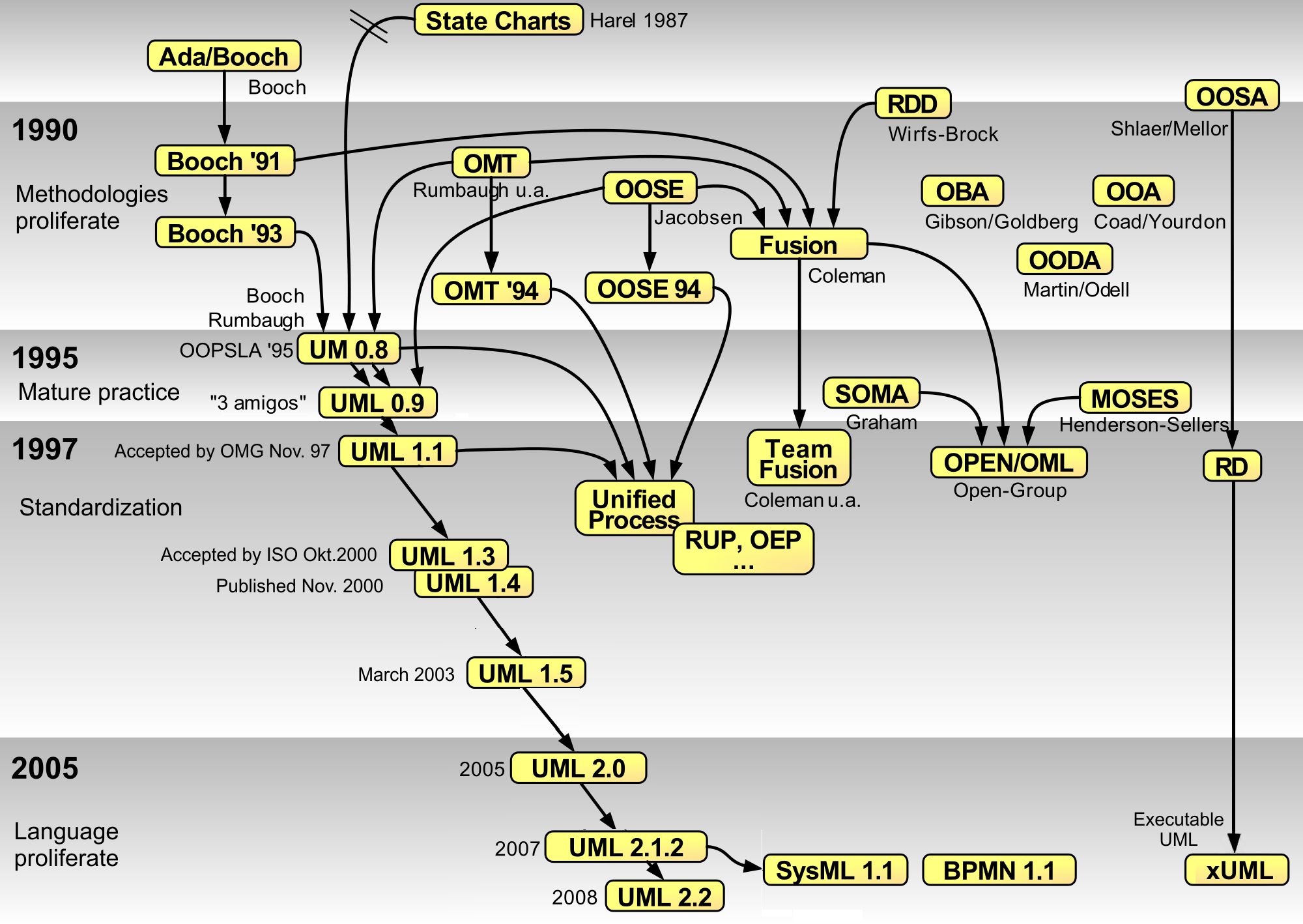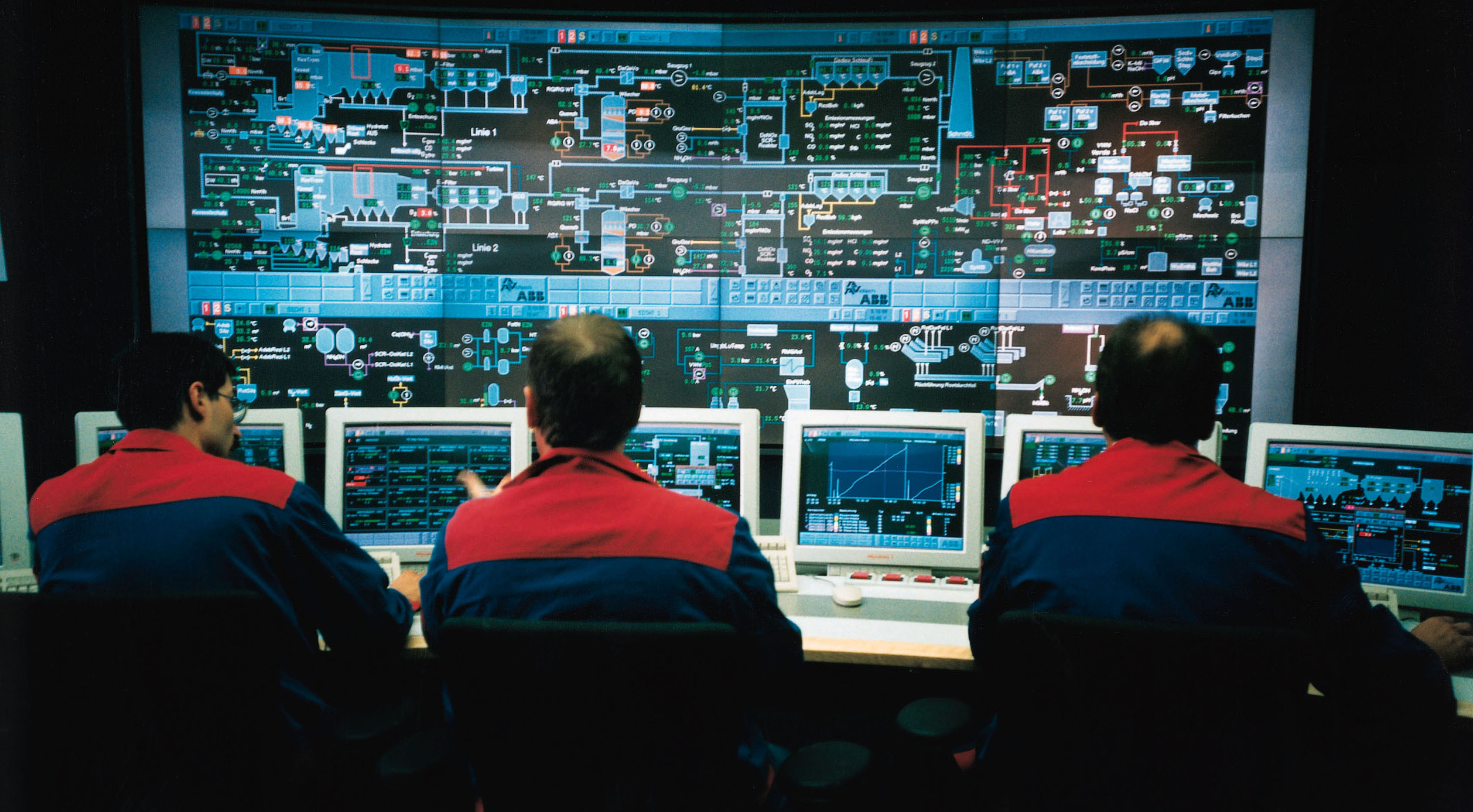|
SCXML
SCXML stands for State Chart XML: State Machine Notation for Control Abstraction. It is an XML-based markup language that provides a generic state-machine-based execution environment based on Harel statecharts. SCXML is able to describe complex finite-state machines. For example, it is possible to describe notations such as sub-states, parallel states, synchronization, or concurrency, in SCXML. Goals The objective of this standard is to genericize state diagram notations that are already used in other XML contexts. For example, it is expected that SCXML notations will replace the State machines notations used in the next CCXML 2.0 version (an XML standard designed to provide telephony support to VoiceXML). It could also be used as a multimodal control language in the Multimodal Interaction Activity. One of the goals of this language is to make sure that the language is compatible with CCXML and that there is an easy path for existing CCXML scripts to be converted to SCXML ... [...More Info...] [...Related Items...] OR: [Wikipedia] [Google] [Baidu] |
CCXML
Call Control eXtensible Markup Language (CCXML) is an XML standard designed to provide asynchronous event-based telephony support to VoiceXML. Its current status is a W3C recommendation, adopted May 10, 2011. Whereas VoiceXML is designed to provide a Voice User Interface to a voice browser, CCXML is designed to inform the voice browser how to handle the telephony control of the voice channel. The two XML applications are wholly separate and are not required by each other to be implemented - however, they have been designed with interoperability in mind Status and Future *CCXML 1.0 has reached the status of a Proposed Recommendation. The transition from Candidate Recommendation to Proposed Recommendation took 1 year, while the transition from Last Call Working Draft to Candidate Recommendation took just over 3 years. *As CCXML extensively uses the concepts of events and transitions, it is expected that the state machines used in the next CCXML 2.0 version will take advantage o ... [...More Info...] [...Related Items...] OR: [Wikipedia] [Google] [Baidu] |
VXML
VoiceXML (VXML) is a digital document standard for specifying interactive media and voice dialogs between humans and computers. It is used for developing audio and voice response applications, such as banking systems and automated customer service portals. VoiceXML applications are developed and deployed in a manner analogous to how a web browser interprets and visually renders the Hypertext Markup Language (HTML) it receives from a web server. VoiceXML documents are interpreted by a voice browser and in common deployment architectures, users interact with voice browsers via the public switched telephone network (PSTN). The VoiceXML document format is based on Extensible Markup Language (XML). It is a standard developed by the World Wide Web Consortium (W3C). Usage VoiceXML applications are commonly used in many industries and segments of commerce. These applications include order inquiry, package tracking, driving directions, emergency notification, wake-up, flight tracking, voic ... [...More Info...] [...Related Items...] OR: [Wikipedia] [Google] [Baidu] |
State-machine
A finite-state machine (FSM) or finite-state automaton (FSA, plural: ''automata''), finite automaton, or simply a state machine, is a mathematical model of computation. It is an abstract machine that can be in exactly one of a finite number of ''states'' at any given time. The FSM can change from one state to another in response to some inputs; the change from one state to another is called a ''transition''. An FSM is defined by a list of its states, its initial state, and the inputs that trigger each transition. Finite-state machines are of two types— deterministic finite-state machines and non-deterministic finite-state machines. For any non-deterministic finite-state machine, an equivalent deterministic one can be constructed. The behavior of state machines can be observed in many devices in modern society that perform a predetermined sequence of actions depending on a sequence of events with which they are presented. Simple examples are: vending machines, which dispens ... [...More Info...] [...Related Items...] OR: [Wikipedia] [Google] [Baidu] |
Harel Statechart
A state diagram is used in computer science and related fields to describe the behavior of systems. State diagrams require that the system is composed of a finite number of states. Sometimes, this is indeed the case, while at other times this is a reasonable abstraction. Many forms of state diagrams exist, which differ slightly and have different semantics. Overview State diagrams provide an abstract description of a system's behavior. This behavior is analyzed and represented by a series of events that can occur in one or more possible states. Hereby "each diagram usually represents objects of a single class and track the different states of its objects through the system". State diagrams can be used to graphically represent finite-state machines (also called finite automata). This was introduced by Claude Shannon and Warren Weaver in their 1949 book ''The Mathematical Theory of Communication''. Another source is Taylor Booth in his 1967 book ''Sequential Machines and Auto ... [...More Info...] [...Related Items...] OR: [Wikipedia] [Google] [Baidu] |
Finite-state Machine
A finite-state machine (FSM) or finite-state automaton (FSA, plural: ''automata''), finite automaton, or simply a state machine, is a mathematical model of computation. It is an abstract machine that can be in exactly one of a finite number of ''State (computer science), states'' at any given time. The FSM can change from one state to another in response to some Input (computer science), inputs; the change from one state to another is called a ''transition''. An FSM is defined by a list of its states, its initial state, and the inputs that trigger each transition. Finite-state machines are of two types—Deterministic finite automaton, deterministic finite-state machines and Nondeterministic finite automaton, non-deterministic finite-state machines. For any non-deterministic finite-state machine, an equivalent deterministic one can be constructed. The behavior of state machines can be observed in many devices in modern society that perform a predetermined sequence of actions d ... [...More Info...] [...Related Items...] OR: [Wikipedia] [Google] [Baidu] |
State Diagram
A state diagram is used in computer science and related fields to describe the behavior of systems. State diagrams require that the system is composed of a finite number of states. Sometimes, this is indeed the case, while at other times this is a reasonable abstraction. Many forms of state diagrams exist, which differ slightly and have different semantics. Overview State diagrams provide an abstract description of a system's behavior. This behavior is analyzed and represented by a series of events that can occur in one or more possible states. Hereby "each diagram usually represents objects of a single class and track the different states of its objects through the system". State diagrams can be used to graphically represent finite-state machines (also called finite automata). This was introduced by Claude Shannon and Warren Weaver in their 1949 book ''The Mathematical Theory of Communication''. Another source is Taylor Booth in his 1967 book ''Sequential Machines and Aut ... [...More Info...] [...Related Items...] OR: [Wikipedia] [Google] [Baidu] |
W3C MMI
The Multimodal Interaction Activity is an initiative from W3C aiming to provide means (mostly XML) to support Multimodal interaction scenarios on the Web. This activity was launched in 2002. The Multimodal Interaction Framework Working group has already produced : * the Multimodal Interaction Framework, providing a general framework for multimodal interaction, and the kinds of markup languages being considered. * A set of use cases. * A set of core requirements, which describes the fundamental requirements to address in the future specifications. The set of devices that are considered are mobile phones, automotive telematics, PCs connected on the Web. Current work The following XML specifications (currently in advanced Working draft state) are already addressing various parts of the Core Requirements : * ''EMMA (Extensible Multi-Modal Annotations)'': a data exchange format for the interface between input processors and interaction management systems. It will define the means ... [...More Info...] [...Related Items...] OR: [Wikipedia] [Google] [Baidu] |
VoiceXML
VoiceXML (VXML) is a digital document standard for specifying interactive media and voice dialogs between humans and computers. It is used for developing audio and voice response applications, such as banking systems and automated customer service portals. VoiceXML applications are developed and deployed in a manner analogous to how a web browser interprets and visually renders the Hypertext Markup Language (HTML) it receives from a web server. VoiceXML documents are interpreted by a voice browser and in common deployment architectures, users interact with voice browsers via the public switched telephone network (PSTN). The VoiceXML document format is based on Extensible Markup Language (XML). It is a standard developed by the World Wide Web Consortium (W3C). Usage VoiceXML applications are commonly used in many industries and segments of commerce. These applications include order inquiry, package tracking, driving directions, emergency notification, wake-up, flight tracking, voic ... [...More Info...] [...Related Items...] OR: [Wikipedia] [Google] [Baidu] |
Process Control
Industrial process control (IPC) or simply process control is a system used in modern manufacturing which uses the principles of control theory and physical industrial control systems to monitor, control and optimize continuous Industrial processes, industrial production processes using control algorithms. This ensures that the industrial machines run smoothly and safely in factories and efficiently use energy to transform raw materials into high-quality finished products with reliable consistency while reducing Efficient energy use#Industry, energy waste and economic costs, something which could not be achieved purely by human manual control. In IPC, control theory provides the theoretical framework to understand system dynamics, predict outcomes and design control strategies to ensure predetermined objectives, utilizing concepts like feedback loops, stability analysis and controller design. On the other hand, the physical apparatus of IPC, based on automation technologies, cons ... [...More Info...] [...Related Items...] OR: [Wikipedia] [Google] [Baidu] |
Qt Creator
Qt Creator is a cross-platform C++, JavaScript, Python and QML integrated development environment (IDE) which simplifies GUI application development. It is part of the SDK for the Qt GUI application development framework and uses the Qt API, which encapsulates host OS GUI function calls. It includes a visual debugger and an integrated WYSIWYG GUI layout and forms designer. The editor has features such as syntax highlighting and autocompletion. Qt Creator uses the C++ compiler from the GNU Compiler Collection on Linux. On Windows it can use MinGW or MSVC with the default install and can also use Microsoft Console Debugger when compiled from source code. Clang is also supported. History Development of what would eventually become Qt Creator had begun by 2007 or earlier under transitional names Workbench and later Project Greenhouse. It debuted during the later part of the Qt 4 era, starting with the release of Qt Creator, version 1.0 in March 2009 and subsequentl ... [...More Info...] [...Related Items...] OR: [Wikipedia] [Google] [Baidu] |
Signals And Slots
Signals and slots is a language construct introduced in Qt for communication between objects which makes it easy to implement the observer pattern while avoiding boilerplate code. The concept is that GUI widgets, and other objects, can send signals containing event information which can be received by other objects using special member functions known as slots. This is similar to C/C++ function pointers, but the signal/slot system ensures the type-correctness of callback arguments. The signal/slot system fits well with the way graphical user interfaces are designed. Similarly, the signal/slot system can be used for other non-GUI usages, for example asynchronous I/O (including sockets, pipes, serial devices, etc.) event notification or to associate timeout events with appropriate object instances and methods or functions. It is easy to use and no registration/deregistration/invocation code need to be written, because Qt's metaobject compiler (MOC) automatically generates the neede ... [...More Info...] [...Related Items...] OR: [Wikipedia] [Google] [Baidu] |



